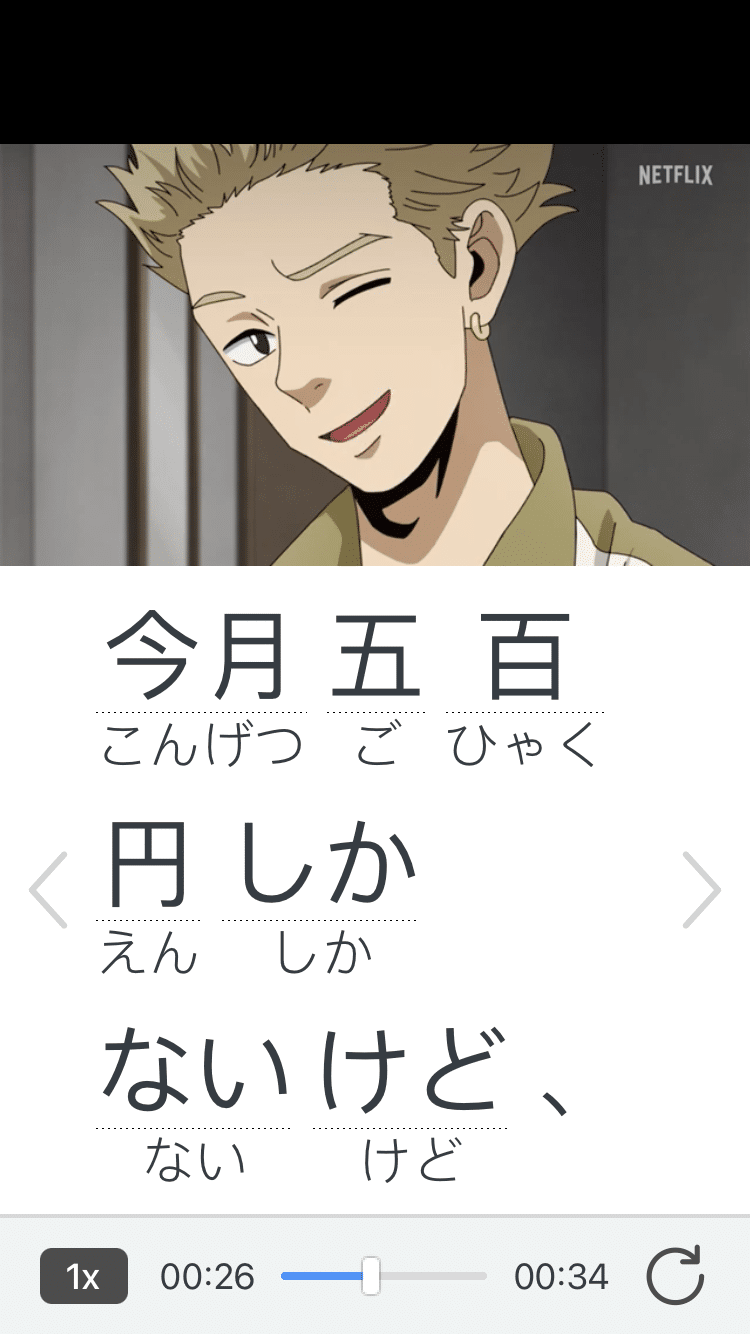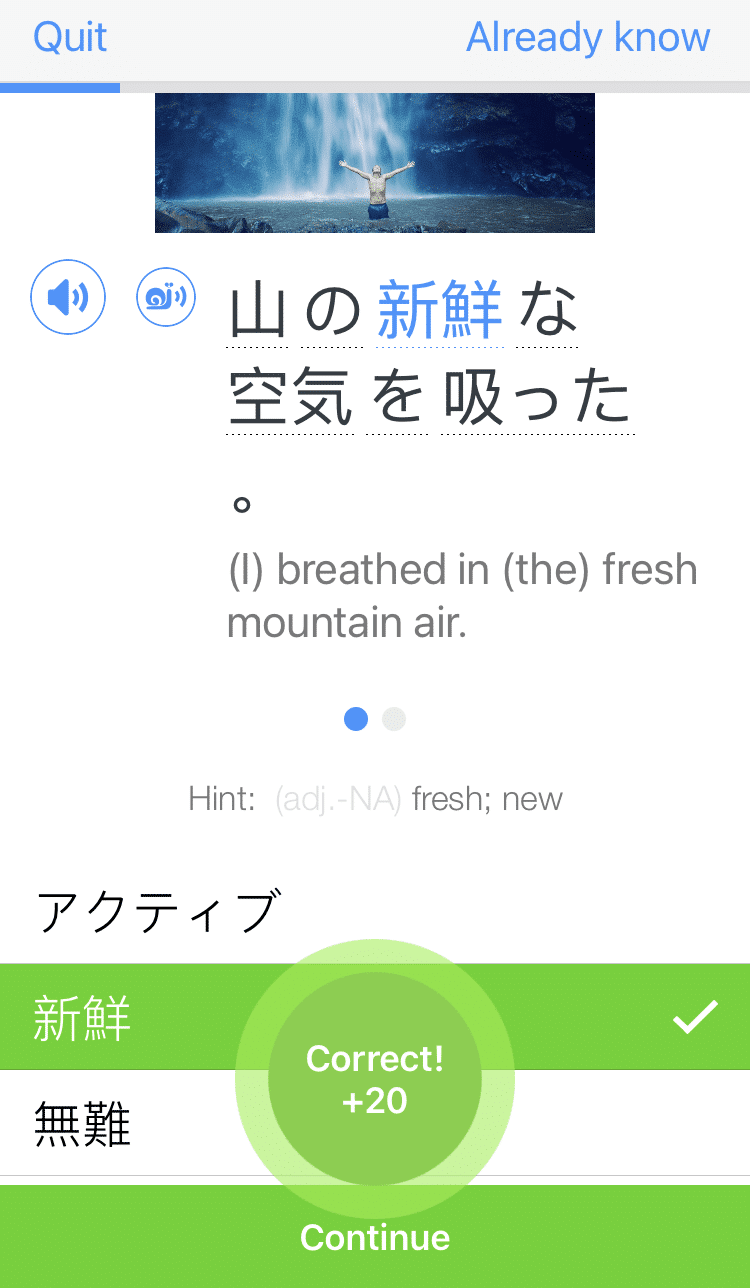6 Ways to Ask “Why” in Japanese Without Losing Face

As a foreigner learning Japanese, you were probably first taught that “why” in Japanese is どうして (doushite). But do you know that there are different ways to ask “why” in Japanese, ranging from formal to informal?
If you don’t want to sound like a whiny child or a clueless employee, it is important to learn the right way to ask “why” in Japanese. By the end of this article, you’ll have learned how to use the appropriate version depending on the context.
Download: This blog post is available as a convenient and portable PDF that you can take anywhere. Click here to get a copy. (Download)
1. なぜ (naze)
You use this phrase in formal writing and speech, such as essays, books, magazines, websites, reports and public speaking. This phrase is rarely used in everyday conversation.
Example:
I took this screenshot of a book cover from Amazon Japan. Here, the author uses なぜ in his book title rather than どうして because a book is considered formal writing.
2. どうして (doushite)
You use this phrase at any time with anyone. It is rather informal and soft, and can be used in everyday situations.
Special note: Please do not mix this phrase up with どうしたの, which means “What’s the matter?” or “What’s wrong?”
Examples:
どうして泣くの?
(doushite naku no?)
Why are you crying?
どうしてですか?
(doushite desu ka?)
Why is it?
If you just want to ask why in a polite way, just add ですか to the end. This is probably the best and safest way for Japanese learners to ask “why.”
3. 何のために (nan no tame ni)
This phrase is neutral and rather similar to どうして in terms of usage. Also, Japanese people often use this phrase when they are asking themselves a rhetorical question.
Examples:
みんなお金をできるだけたくさん稼ぎたがっているけど、お金って何のために稼ぐの?
(Minna okane o dekiru dake takusan kasegitagatte iru kedo, okane tte nan no tame ni kasegu no?)
Everyone wants to earn as much money as possible, but what for?
何のためにここへ来たの?
(nan no tame ni koko e kita no?)
What has brought you here? / What are you here for?
Lastly, you have the least formal of the lot.
4. 何で (nande)
You use this phrase in casual settings with your close friends or family. It can sound rough so avoid using it at work and in situations where you want to be polite.
Example:
何でそんなことをするの?
(nande sonna koto o suru no?)
Why do you do something like that?
Next, here are some alternative phrases you can use, especially in the work context, to emphasize on wanting to learn the reasons behind something.
They mean something like “what for?”, “how come?” or “for what kinds of reasons?”
5. どんな訳で (donna wake de) / どんな理由で (donna riyuu de)
These two phrases are more formal than the other phrases we have covered so far. Even though you can use them in your speech, they sound rather severe.
Also, Japanese people do not use them that often in daily conversation. Why is this so?
This is because if you are asked these questions, it sounds as if you are at fault and to be blamed for something you have done. So use these phrases with caution.
Special note: 訳 (wake) and 理由 (riyuu) are very similar words (almost the same and interchangeable) so you can choose to use either version. Below you can see an example of each version.
Examples:
どんな訳で来たのですか?
(donna wake de kita no desu ka?)
Why have you come?
どんな理由でここにいるのですか?
(donna riyuu de koko ni iru no desu ka?)
Why are you here? / For what reason are you here?
6. どういう訳で (dou iu wake de) or どういう理由で (dou iu riyuu de)
These two phrases are very similar to those in Point 5 above and are used in the same types of situations.
Look at the first two examples below in particular. Can you tell that there is an element of finger-pointing and perceived wrong-doing floating ominously in the subtext of the question?
Examples:
どういう訳で辞職するのですか?
(dou iu wake de jishoku suru no desu ka?)
Why do you wish to resign?
どういう訳で遅刻したのですか?
(dou iu wake de chikoku shita no desu ka?)
Why are you late?
どういう理由で泣いたの?
(dou iu riyuu de naita no?)
For what reason did you cry?
彼が日本から来たというあなたの判断は、どういう理由で?
(kare ga Nihon kara kita to iu anata no handan wa, dou iu riyuu de?)
This sentence means “Why did you think that he was from Japan?” or “Based on what reasons did you think he was from Japan?”
The Culture of Questions in Japan
The Japanese typically remain quiet because, traditionally in Japanese culture, asking “why” is considered rude and asking “how” is an admission of ignorance. And admitting ignorance of anything results in a loss of face.
From a young age, Japanese people are commonly taught virtues such as “silence is golden,” and “many words to a fool, half a word to the wise.” This silent absorption process is also the key factor in the traditional master-apprentice method of teaching and learning in Japan’s arts, crafts and businesses in general.
It is a learning process that takes place over many years, which sorely frustrates Westerners who cannot see or feel any progress being made.
If you still need more guidance on using these words and phrases, it helps to watch Japanese media so you can see how the natives use them in real life.
One way to do this is through FluentU, a language learning program that gives you access to Japanese videos.
FluentU takes authentic videos—like music videos, movie trailers, news and inspiring talks—and turns them into personalized language learning lessons.
You can try FluentU for free for 2 weeks. Check out the website or download the iOS app or Android app.
P.S. Click here to take advantage of our current sale! (Expires at the end of this month.)

Good luck, 頑張って (ganbatte)!
Download: This blog post is available as a convenient and portable PDF that you can take anywhere. Click here to get a copy. (Download)
And One More Thing...
If you love learning Japanese with authentic materials, then I should also tell you more about FluentU.
FluentU naturally and gradually eases you into learning Japanese language and culture. You'll learn real Japanese as it's spoken in real life.
FluentU has a broad range of contemporary videos as you'll see below:

FluentU makes these native Japanese videos approachable through interactive transcripts. Tap on any word to look it up instantly.

All definitions have multiple examples, and they're written for Japanese learners like you. Tap to add words you'd like to review to a vocab list.

And FluentU has a learn mode which turns every video into a language learning lesson. You can always swipe left or right to see more examples.

The best part? FluentU keeps track of your vocabulary, and gives you extra practice with difficult words. It'll even remind you when it’s time to review what you’ve learned. You'll have a 100% personalized experience.
Start using the FluentU website on your computer or tablet or, better yet, download the FluentU app from the iTunes or Google Play store. Click here to take advantage of our current sale! (Expires at the end of this month.)








